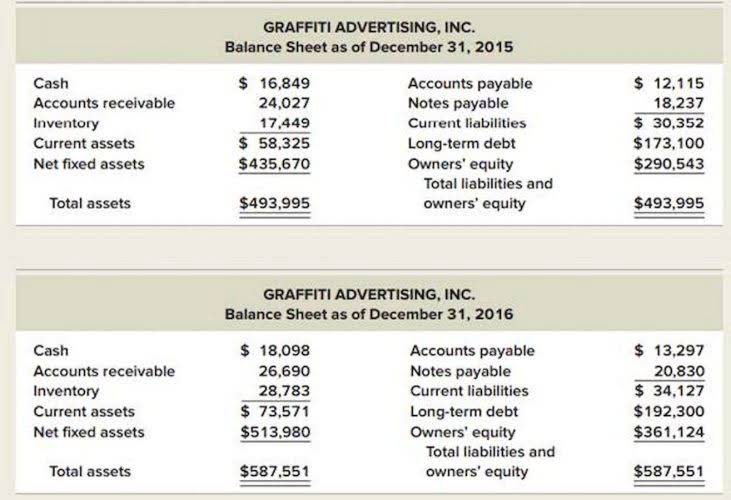How to Do Debits and Credits: Expert Accounting Advice
Content

Double-entry accounting allows for a much more complete picture of your business than single-entry accounting does. Single-entry is only a simplistic picture of a single transaction, intended to only show yearly net income. Double-entry, on the other hand, allows you to see how complex transactions are balanced across many different facets of your business, such as inventory, depreciation, sales, expenses etc. Debit always goes on the left side of your journal entry, and credit goes on the right. In double-entry bookkeeping, the left and right sides (debits and credits) must always stay in balance. All changes to the business’s assets, liabilities, equity, income, and expenses are recorded as journal entries in the general ledger.
- This is particularly important for bookkeepers and accountants using double-entry accounting.
- Get up and running with free payroll setup, and enjoy free expert support.
- If the equation does not add up, you know there is an error somewhere in the books.
- An increase in the value of assets is a debit to the account, and a decrease is a credit.
- Debits and credits are considered the building blocks of bookkeeping.
- Because they are both asset accounts, your Inventory account increases with the debit while your Cash account decreases with a credit.
You’ll list an explanation below the journal entry so that you can quickly determine the purpose of the entry. The double-entry methodology is used by most businesses, even small ones with only one owner. This is because it lets you keep track of each and https://accounting-services.net/small-business-bookkeeping-services/ every business transaction in at least two accounts, giving a more accurate picture of your finances. Debits and credits are equal but opposite entries in your books. If a debit increases an account, you must decrease the opposite account with a credit.
What Is the Meaning of Debit (DR) and Credit (CR)?
On the bank’s balance sheet, your business checking account isn’t an asset; it’s a liability because it’s money the bank is holding that belongs to someone else. So when the bank debits your account, they’re decreasing their liability. When they credit your account, they’re increasing their liability.
- In accounting, a debit represents an increase in assets or a decrease in liabilities or equity.
- Records increase and decrease as accounting transactions occur, and this movement represents the diametrical relationship between debits and credits.
- Xero offers a long list of features including invoicing, expense management, inventory management, and bill payment.
- In this case, the client didn’t immediately pay in full; rather, they asked to be billed.
- In an accounting journal, debits and credits will always be in adjacent columns on a page.
- In the case of the refrigerator, other accounts, such as depreciation, would need to be factored into the life of the item as well.
Debits and credits are the foundation of double-entry accounting. They indicate an amount of value that is moving into and out of a company’s general-ledger accounts. For every transaction, there must be at least one debit and credit that equal each other. When that occurs, a company’s books are said to be in “balance”.
What are Debits and Credits in Accounting
Before closing the books, accountants generate a trial balance which lists accounts in numerical order with debit and credit accounts balances. If the debits equal the credits on a trial balance, then the next step is to create the general ledger for each company. On the balance sheet, assets usually have a debit balance and are shown on the left side. Liability accounts and owners equity accounts typically have a credit balance and are shown on the right side. In debit vs credit, debit (dr) refers to an accounting entry that reflects an increase in assets or a decrease in liabilities or equity. In contrast, credit (cr) represents an entry that reflects a decrease in assets or an increase in liabilities or equity.
You have mastered double-entry accounting — at least for this transaction. Credit can take many forms, including loans, credit cards, lines of credit, and mortgages. Good credit means that a borrower has a history of responsible borrowing and repayment, which can make it easier to obtain credit in the future at favorable Law Firm Accounting: The Ultimate Guide terms. If you’ve ever played golf (or at least seen a scorecard), then you understand the concept of debits and credits. After every hole, you input your strokes and add or subtract that score against par for the course. The act of adding or subtracting from your score is similar to debiting or crediting.
Debits vs Credits in Accounting
As long as the total dollar amount of debits and credits are equal, the balance sheet formula stays in balance. The owner’s equity and shareholders’ equity accounts are the common interest in your business, represented by common stock, additional paid-in capital, and retained earnings. This entry increases inventory (an asset account), and increases accounts payable (a liability account). The debit increases the equipment account, and the cash account is decreased with a credit. Asset accounts, including cash and equipment, are increased with a debit balance.

To record the transaction, debit your Inventory account and credit your Cash account. The equipment is an asset, so you must debit $15,000 to your Fixed Asset account to show an increase. Purchasing the equipment also means you increase your liabilities. To record the increase in your books, credit your Accounts Payable account $15,000. You would debit (reduce) accounts payable, since you’re paying the bill. Finally, you will record any sales tax due as a credit, increasing the balance of that liability account.
Debits and Credits Definition
If you’re unsure when to debit and when to credit an account, check out our t-chart below. But how do you know when to debit an account, and when to credit an account? All “mini-ledgers” in this section show standard increasing attributes for the five elements of accounting.
For effective bookkeeping, this flow of money is tracked as a journal entry and will indicate an increase or decrease to an account. On your accounting journal, debits will go on the left-hand side and credits the right. What’s interesting about debits and credits is that they have different effects, depending on the type of account (see table below). For example, the transaction of paying your utility bill will create a credit for your accounts payable account and a debit for your utility expense account. The owner’s equity accounts are also on the right side of the balance sheet like the liability accounts. They are treated exactly the same as liability accounts when it comes to accounting journal entries.
Average Rating